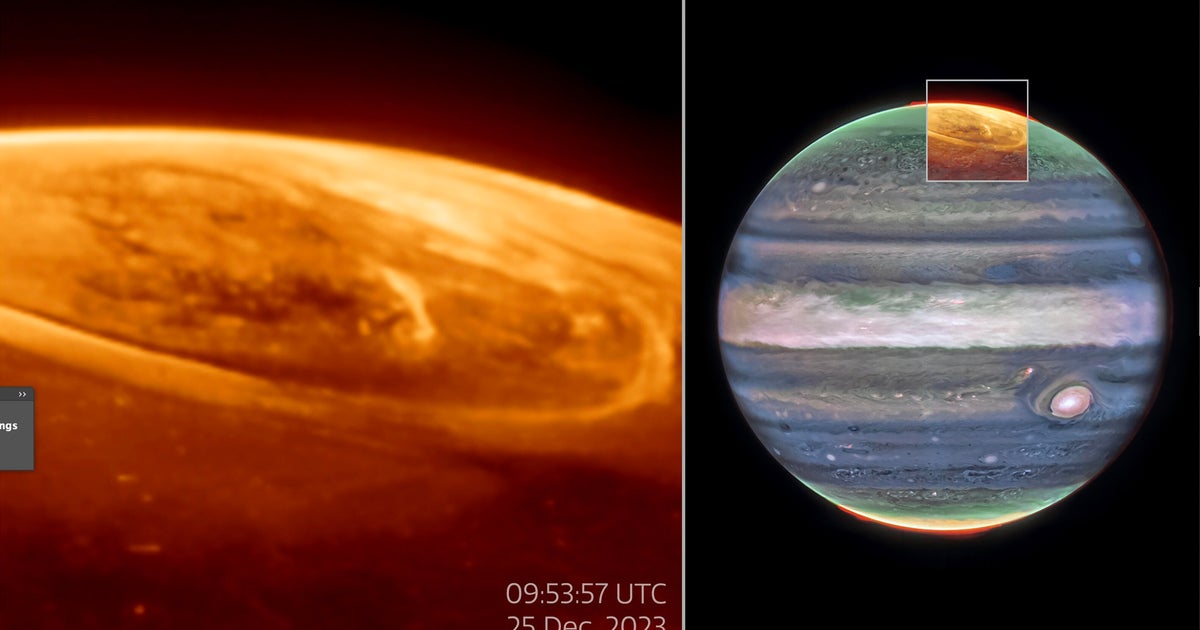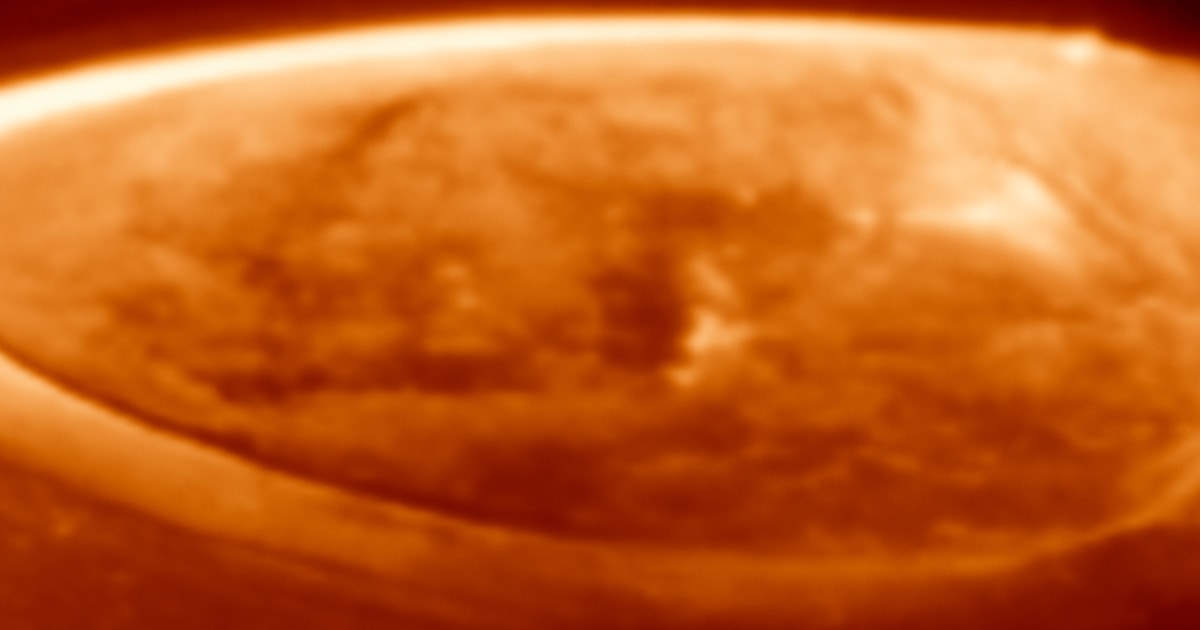James Webb Space Telescope Reveals Stunning Auroras on Jupiter
New images from the James Webb Space Telescope showcase Jupiter's auroras, which are significantly brighter than those on Earth, revealing secrets of the giant planet.
Subscribe to unlock this story
We really don't like cutting you off, but you've reached your monthly limit. At just $5/month, subscriptions are how we keep this project going. Start your free 7-day trial today!
Get StartedHave an account? Sign in
Overview
The James Webb Space Telescope's latest images of Jupiter reveal that its auroras are hundreds of times brighter than Earth's. Captured on December 25, 2023, by a team led by Jonathan Nichols from the University of Leicester, the vibrant auroras on Jupiter are triggered by high-energy particles from space colliding with the planet's atmosphere. These awe-inspiring lights vary rapidly, presenting a dynamic display unlike the more gradual changes anticipated. The findings, published in 'Nature Communications,' have sparked discussions among scientists about the processes driving these intense auroras and their implications for understanding Jupiter's atmospheric dynamics and the universe.
Report issue

Read both sides in 5 minutes each day
Analysis
Analysis unavailable for this viewpoint.
Articles (3)
Center (3)
FAQ
Jupiter's auroras are much brighter than Earth's because the planet's strong magnetic field captures and accelerates charged particles not only from the solar wind but also from its volcanic moon Io, slamming them into its atmosphere at high energies and causing an intense glow.
Jupiter's auroras vary much more rapidly than Earth's, with the auroral region on Jupiter fizzing and popping with light sometimes changing by the second, unlike the slower, more gradual changes expected or seen in Earth's auroras.
The James Webb Space Telescope captured the images of Jupiter's auroras on December 25, 2023.
Researchers hope to better understand Jupiter's atmospheric dynamics, magnetosphere, and the processes driving the intense auroras by studying their rapid variability and energetics.
History
- This story does not have any previous versions.


